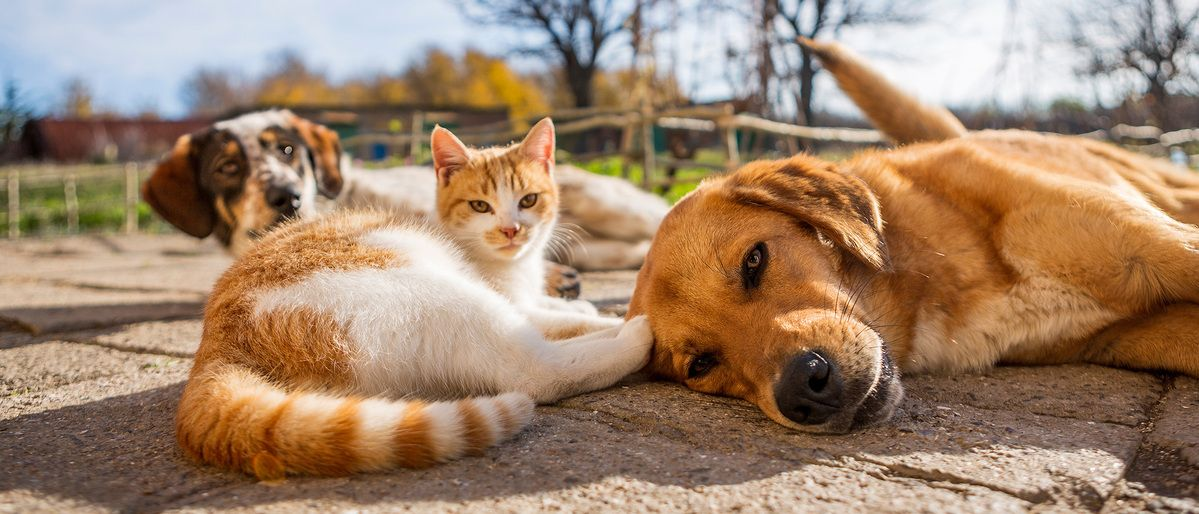Britain’s pets in the heatwave: advice on feeding your pet in the heat
Article

From food advice to signs of heatstroke, Royal Canin’s veterinarian Lauren Hayes shares some less known advice on your pet in the heatwave.
The Met Office has issued its first ever red warning for exceptional heat for Monday, and while many of us know not to walk pets in the highs of up to 40°C, it is worth noting the feeding trends of the nation’s pets and what it means in the heat.
Lauren Hayes, a qualified veterinarian at Royal Canin, said: “It is totally normal for your cat or dog to eat a little less in the heat, but make sure to leave them the same amount of food as normal and do your best to keep them cool. If, however, you do see a significant decrease in appetite or over a long period, it might be worth taking your cat or dog to the veterinary practice for a check-up.”
A study by the University of Liverpool in collaboration with the Royal Canin Research Centre in France, which spent four years monitoring how much cats eat, found that cats ate approximately 15% less food during the summer. While this is partly linked to the hot weather, cats spend more time outdoors in the nice weather, coming in to eat less frequently.
Lauren continued, “While we might be getting our ice creams out the freezer for ourselves to keep cool, make sure not to give your pet any human foods, and instead pop an enrichment toy in the freezer, soaking about a tenth of your pets normal food which can be frozen to help cool your pet down."
Research carried out by the PDSA in partnership with YouGov has shown that 1.4million pets in the UK have piled on the pounds in lockdown. An average ice-cream cone has 417 calories, which is the entire daily calorie allowance for an average two-month-old Cocker Spaniel.
Other guidance and advice on understanding your pets behaviour in the heat includes:
- Itching and scratching: keeping in mind that dogs and cats can both get sunburnt, it is worth applying pet friendly sunscreen (not zinc oxide-based treatments which are toxic) before exposure
- Panting is cooling: cats and dogs do not sweat and so eliminate heat through respiration. It is important that your dog stays hydrated in warm weather
- Moulting: a dog’s coat actually insulates them from the heat so don’t cut your pets coat to cool them, but that being said, trimming long-haired dog’s coats is acceptable. It is also worth brushing both cats and dogs more often in the summertime to get rid of hair that your pet is shedding
- Signs of heat stroke include excessive or exaggerated panting, lethargy, weakness, drooling, high fever, red gums, rapid heartbeat, unresponsiveness and vomiting. Heat stroke is an emergency so always take your cat or dog to your veterinary practice
Like & share this page